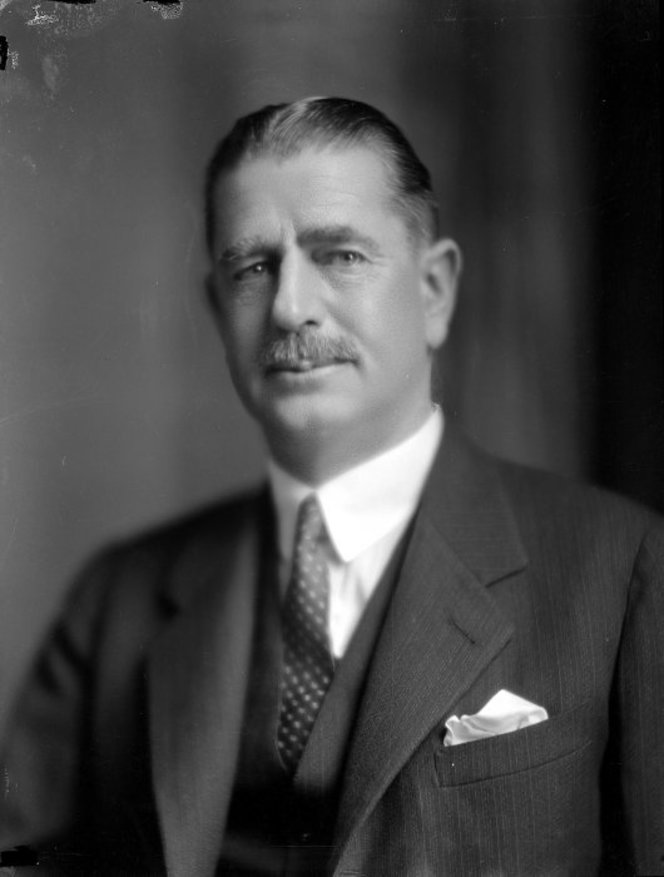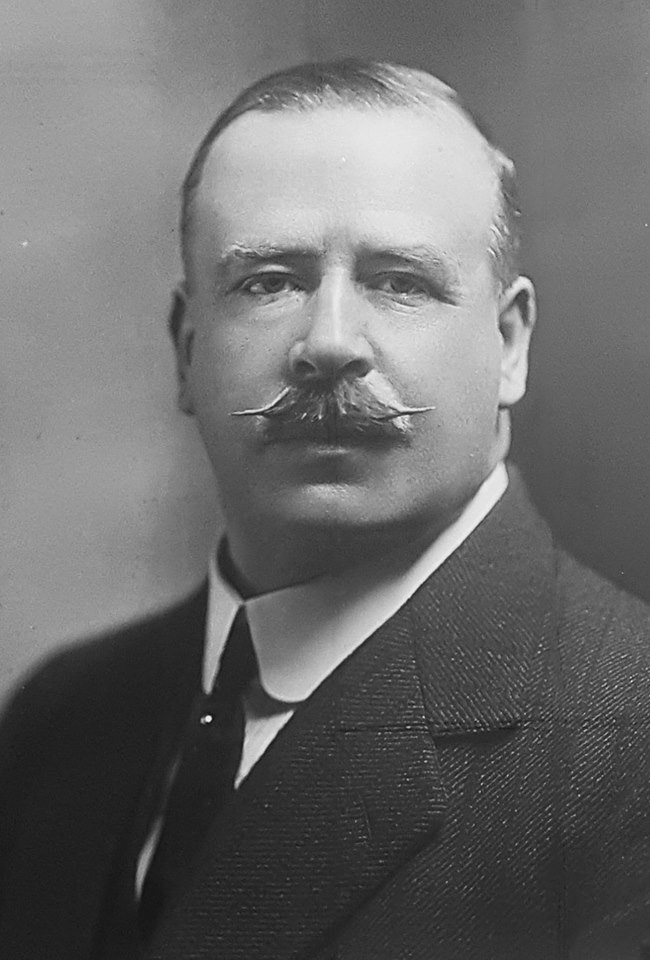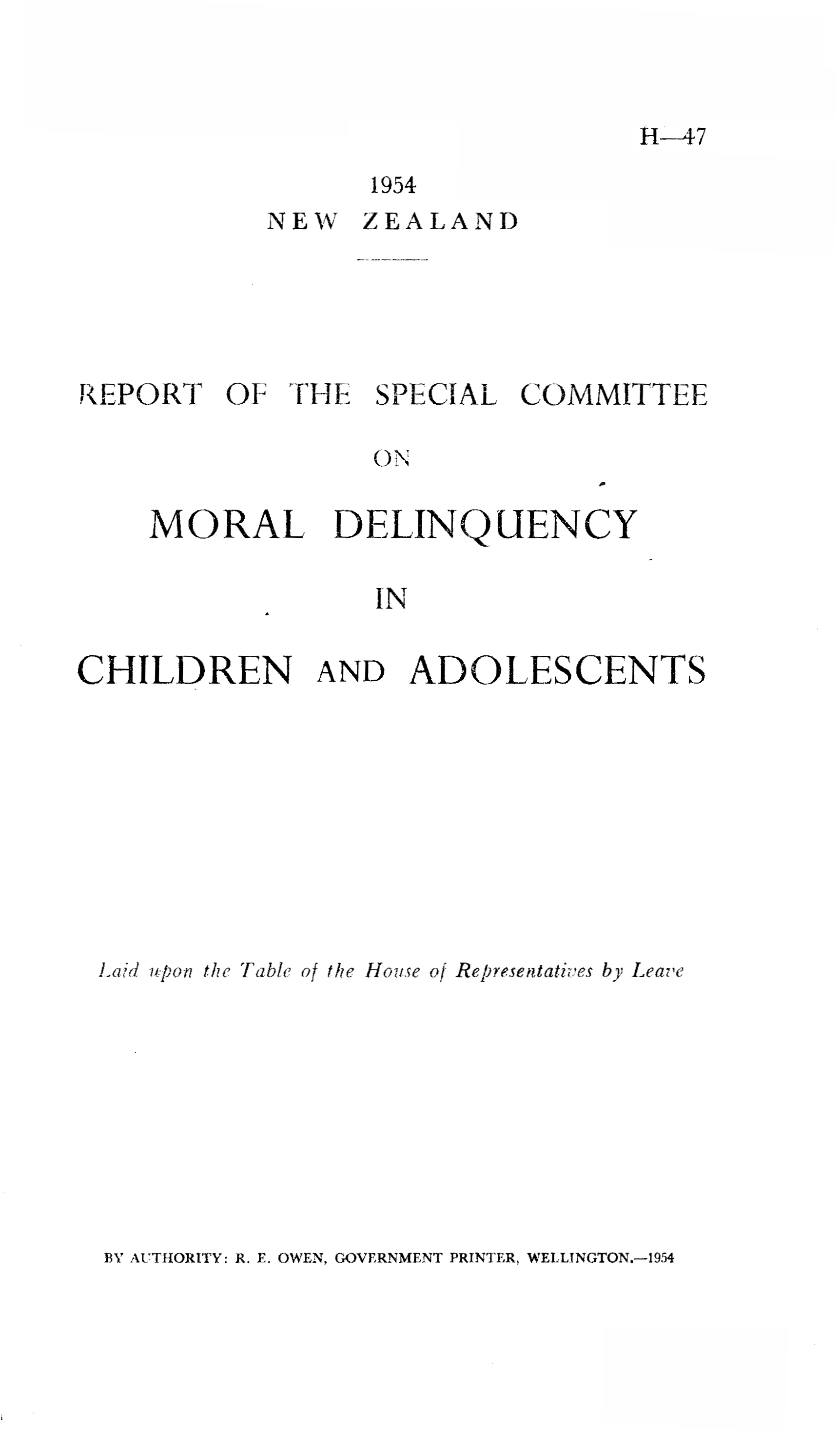|
Wellington East (New Zealand Electorate)
Wellington East was a parliamentary electorate in the eastern suburbs of Wellington, New Zealand from 1887 to 1890 and from 1905 to 1946. It was succeeded by the Miramar electorate. The electorate was represented by seven Members of Parliament. Population centres In the 1887 electoral redistribution, although the Representation Commission was required through the Representation Act 1887 to maintain existing electorates "as far as possible", rapid population growth in the North Island required the transfer of three seats from the South Island to the north. Ten new electorates were created, including Wellington East, and one former electorate was recreated. The initial electorate was located east of the suburb of Te Aro and included the suburb of Mount Victoria. The polling booth for the was located at the Lyceum Hall in Tory Street. In December 1887, the House of Representatives House of Representatives is the name of legislative bodies in many countries and sub-nation ... [...More Info...] [...Related Items...] OR: [Wikipedia] [Google] [Baidu] |
New Zealand Electorates
An electorate or electoral district ( mi, rohe pōti) is a geographical constituency used for electing a member () to the New Zealand Parliament. The size of electorates is determined such that all electorates have approximately the same population. Before 1996, all MPs were directly chosen for office by the voters of an electorate. In New Zealand's electoral system, 72 of the usually 120 seats in Parliament are filled by electorate members, with the remainder being filled from party lists in order to achieve proportional representation among parties. The 72 electorates are made up from 65 general and seven Māori electorates. The number of electorates increases periodically in line with national population growth; the number was increased from 71 to 72 starting at the 2020 general election. Terminology The Electoral Act 1993 refers to electorates as "electoral districts". Electorates are informally referred to as "seats", but technically the term '' seat'' refers to an electe ... [...More Info...] [...Related Items...] OR: [Wikipedia] [Google] [Baidu] |
Alec Monteith
Alexander Lamont Monteith (15 December 1886 – 24 November 1972) was a New Zealand Member of Parliament for the Labour Party and a trade unionist. Biography Early life and career Monteith was born in Woodville, the son of Sarah Ann Monteith (née Carter) and Charles Forrester Monteith, and was a farmer and storeman. He was secretary of the United Storemen's Union and later secretary of the Wellington Tramways Union and the New Zealand Tramway Workers' Federation. Political career In 1918, Monteith was nominated by the Soft Goods and Storeman's Union for the Labour nomination in the Wellington South by-election, but was defeated by Bob Semple. At the , he was the Labour candidate in the Wellington East electorate, but was defeated by the Reform Party incumbent, Alfred Newman. Monteith represented the Wellington East electorate in the New Zealand House of Representatives between and 1925. In the 1922 election, he was one of four candidates, with Thomas Forsyth of the ... [...More Info...] [...Related Items...] OR: [Wikipedia] [Google] [Baidu] |
1922 New Zealand General Election
The 1922 New Zealand general election was held on Monday, 6 December in the Māori electorates, and on Tuesday, 7 December in the general electorates to elect a total of 80 MPs to the 21st session of the New Zealand Parliament. A total number of 700,111 (87.7%) voters turned out to vote. In one seat (Bay of Plenty) there was only one candidate. 1922 was the year residents of the Chatham Islands were enfranchised for the first time (included in Lyttelton and Western Māori electorates). Result William Massey formed a government, but with the loss in support for the Reform Party he had to negotiate for support with Independents, and with two Liberal Party members. Liberal was in decline and disorganised. Just before the 1925 election (held on 4 November), two Liberal MPs from Christchurch who had supported Massey (along with Independents Harry Atmore and Allen Bell) were appointed to the Legislative Council. They were Leonard Isitt and George Witty who were both appointed ... [...More Info...] [...Related Items...] OR: [Wikipedia] [Google] [Baidu] |
1925 New Zealand General Election
The 1925 New Zealand general election was held 4 November (the Māori vote had taken place the previous day) to elect a total of 80 MPs to the 22nd session of the New Zealand Parliament. A total number of 678,877 (90.02%) voters turned out to vote. In one seat (Bay of Plenty) there was only one candidate. In 1922, registration as an elector was made compulsory for all those eligible (except Māori). Results Gordon Coates continued as Prime Minister, with his Reform Party winning an outright majority of 30. Leonard Isitt and George Witty were both appointed to the Legislative Council by Gordon Coates on 28 October 1925; shortly before the election on 4 November. Both were Liberals but their retirement removed "a source of some bitterness from the Party's ranks". Gordon Coates was Reform, and both of their former seats went to Reform candidates. After the election both Labour and Liberals held 11 seats. A tie at 4,900 votes each in (between the Labour and Reform candidates) ... [...More Info...] [...Related Items...] OR: [Wikipedia] [Google] [Baidu] |
New Zealand Truth
''New Zealand Truth'' was a tabloid newspaper published weekly in New Zealand from 1905 to 2013. History ''New Zealand Truth'' was founded in 1905 by Australian John Norton in Wellington, as a New Zealand edition of his Sydney ''Truth'', aiming a sensational blend of sex, crime and radical politics at mainly working class readers. According to newspaper historian (and former ''NZ Truth'' journalist) Redmer Yska, English-born Norton was 'a combustible mix of tycoon, journalist, do-gooder and chronic, falldown pisshead.' Norton was on hand on 24 June 1905 when the first copies of the 'Maoriland' edition rolled off the presses in Luke's Lane, an alley that still runs at right angles to Wellington's Courtenay Place. Inaugural editor, Australian Robert Merrick, claimed 40,000 readers by 1907, with circulation in 'every Miners', Gum Diggers' and Timber-Getter's camp'. Three years later Frederick Dawson, a former editor of Norton's Queensland and West Australia editions of ''Truth' ... [...More Info...] [...Related Items...] OR: [Wikipedia] [Google] [Baidu] |
1928 New Zealand General Election
The 1928 New Zealand general election was held on 13 and 14 November in the Māori and European electorates, respectively, to elect 80 MPs to the 23rd session of the New Zealand Parliament. 1928 was the year postal voting was introduced for certain specified groups (e.g. invalids) who could not get to a polling booth on election day. The election The 1928 election was held on Tuesday, 13 November in the Māori electorates, and on Wednesday, 14 November in the general electorates to elect a total of 80 MPs to the 23rd session of Parliament. A total of 844,633 electors were registered on the European roll, of which 743,691 (88.05%) turned out to vote. All 80 electorates were contested. 47 and 29 electorates were in the North Island and South Island, respectively, plus the 4 Māori electorates. In 1927, a faction of the decaying Liberal Party formed a new organisation, which was eventually named the United Party. In 1928, to the considerable surprise of most observers and many m ... [...More Info...] [...Related Items...] OR: [Wikipedia] [Google] [Baidu] |
1931 New Zealand General Election
The 1931 New Zealand general election was a nationwide vote to determine the shape of the New Zealand Parliament's 24th New Zealand Parliament, 24th term. It resulted in the United–Reform Coalition, newly formed coalition between the United Party (New Zealand), United Party and the Reform Party (New Zealand), Reform Party remaining in office as the United–Reform coalition Government of New Zealand, United–Reform Coalition Government, although the opposition New Zealand Labour Party, Labour Party made some minor gains despite tallying more votes than any other single party. Background In the 1928 New Zealand general election, 1928 election, the Reform Party (New Zealand), Reform Party won 28 seats to the United Party (New Zealand), United Party's 27 seats. Shortly after the election the Reform Party lost a vote of no-confidence and the United Party managed to form a government, the United Government of New Zealand, United Government, with the support of the New Zealand Labour ... [...More Info...] [...Related Items...] OR: [Wikipedia] [Google] [Baidu] |
Connie Birchfield
Constance Alice "Connie" Birchfield (27 July 1898 – 9 May 1994) was a New Zealand housekeeper, trade unionist, hotel maid, communist, bookseller and political activist. She was born in Haydock, Lancashire, England on 27 July 1898. Birchfield stood for the House of Representatives four times in safe Labour Labour or labor may refer to: * Childbirth, the delivery of a baby * Labour (human activity), or work ** Manual labour, physical work ** Wage labour, a socioeconomic relationship between a worker and an employer ** Organized labour and the labour ... seats; in general elections for in the , for in the , and for in the ; and receiving 241, 99 and 120 votes respectively. She also stood for Brooklyn in the 1951 Brooklyn by-election, getting 129 votes. References 1898 births 1994 deaths New Zealand trade unionists New Zealand activists New Zealand women activists English emigrants to New Zealand New Zealand communists Unsuccessful candidates in the 1949 Ne ... [...More Info...] [...Related Items...] OR: [Wikipedia] [Google] [Baidu] |
Ossie Mazengarb
Oswald Chettle Mazengarb (31 May 1890 – 27 November 1963), known as Ossie Mazengarb, was a New Zealand barrister. Biography Mazengarb was born in Prahran, a suburb of Melbourne, in 1890. His family moved to Dunedin soon after his birth and he received his education at Otago Boys' High School, which he attended from 1903 to 1905. From 1908 to 1911, he studied for a bachelor of arts at Otago University. A scholarship in political economy enabled him to study a further year and he graduated with a master of arts in 1912. He then moved to Wellington to study law at Victoria College and obtained a bachelor of law in 1914 and a master of law in 1917. He was a member of the debating club at both universities and at Victoria, Mazengarb was admitted to the bar in 1914. He formed a partnership with John Barton in 1915. Barton was appointed magistrate in Gisborne and had to dissolve the partnership. Mazengarb was joined by Ernst Peterson Hay and Robert Macalister and their practi ... [...More Info...] [...Related Items...] OR: [Wikipedia] [Google] [Baidu] |
1935 New Zealand General Election
The 1935 New Zealand general election was a nationwide vote to determine the shape of the New Zealand Parliament's 25th term. It resulted in the Labour Party's first electoral victory, with Michael Joseph Savage becoming the first Labour Prime Minister after defeating the governing coalition, consisting of the United Party and the Reform Party, in a landslide. The governing coalition lost 31 seats, which was attributed by many to their handling of the Great Depression: the year after the election, the United and Reform parties merged to form the modern National Party. The election was originally scheduled to be held in 1934, in keeping with the country's three-year election cycle, but the governing coalition postponed the election by one year hoping that the economic conditions would improve by 1935. Background Since 1931, New Zealand had been governed by a coalition of the United Party and the Reform Party, the United–Reform Coalition. United and Reform had tradition ... [...More Info...] [...Related Items...] OR: [Wikipedia] [Google] [Baidu] |
1938 New Zealand General Election
The 1938 New Zealand general election was a nationwide vote to determine the shape of the New Zealand Parliament's 26th term. It resulted in the governing Labour Party being re-elected, although the newly founded National Party gained a certain amount of ground. This was the first election in which the Māori were given a secret ballot which had been available to white voters since 1870. Background The Labour Party had won a resounding victory in the 1935 elections, winning fifty-three seats. Shortly after the elections, the two Ratana-aligned MPs also merged into the Labour Party, giving Labour a total of fifty-five seats. The government, a coalition of the United Party and the Reform Party, had won only nineteen seats. Shortly after their defeat, United and Reform agreed to merge into the National Party, which positioned itself as the only alternative to the "socialist" Labour Party. However, Labour remained popular with the public, and the Prime Minister, Michael Jose ... [...More Info...] [...Related Items...] OR: [Wikipedia] [Google] [Baidu] |
Pacifist
Pacifism is the opposition or resistance to war, militarism (including conscription and mandatory military service) or violence. Pacifists generally reject theories of Just War. The word ''pacifism'' was coined by the French peace campaigner Émile Arnaud and adopted by other peace activists at the tenth Universal Peace Congress in Glasgow in 1901. A related term is ''ahimsa'' (to do no harm), which is a core philosophy in Indian Religions such as Hinduism, Buddhism, and Jainism. While modern connotations are recent, having been explicated since the 19th century, ancient references abound. In modern times, interest was revived by Leo Tolstoy in his late works, particularly in ''The Kingdom of God Is Within You''. Mahatma Gandhi propounded the practice of steadfast nonviolent opposition which he called " satyagraha", instrumental in its role in the Indian Independence Movement. Its effectiveness served as inspiration to Martin Luther King Jr., James Lawson, Mary and Charl ... [...More Info...] [...Related Items...] OR: [Wikipedia] [Google] [Baidu] |



.jpg)


.jpg)